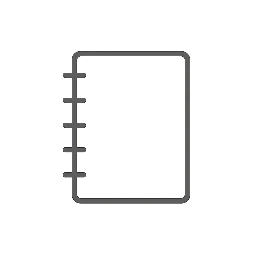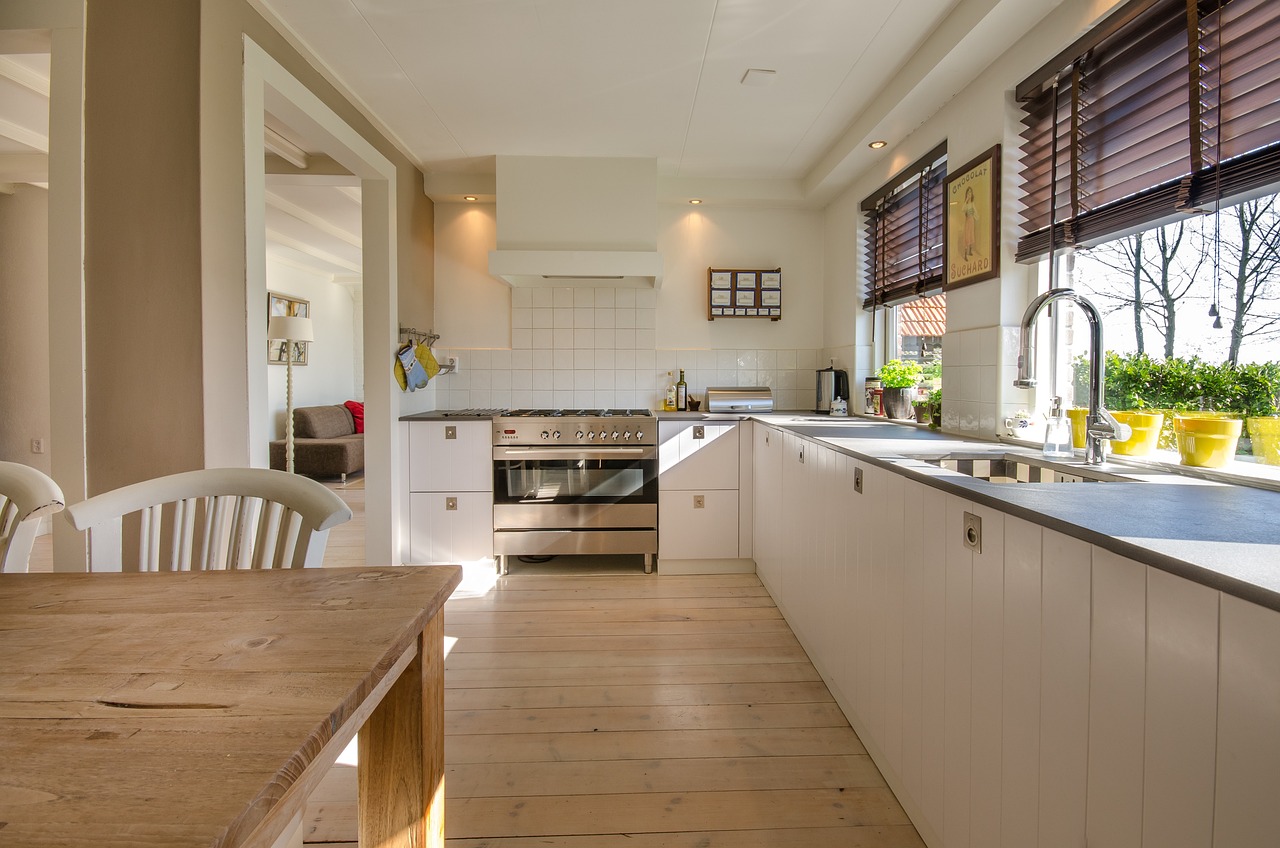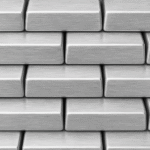Quartz countertops have become a popular choice for kitchens and bathrooms due to their durability and low maintenance. They are engineered from natural quartz combined with resins and pigments, creating a strong, non-porous surface that resists stains and scratches. This makes quartz an ideal material for heavy-use areas.
Quartz countertops offer a balance of aesthetic appeal and practical benefits, making them a reliable option for many homeowners. Available in various colors and patterns, quartz can complement a range of design styles while providing consistent performance over time.
Beyond looks, quartz is easy to clean and does not require sealing like natural stones such as granite. It also withstands heat and moisture well, adding to its suitability in busy kitchens and commercial spaces.
What Are Quartz Countertops?
Quartz countertops consist of engineered stone made by combining natural quartz with binders and pigments. This process ensures consistent color and durability across slabs. The materials and manufacturing process allow for diverse designs and sturdy surfaces suitable for kitchens and bathrooms.
Manufacturing Process
Quartz countertops are manufactured by blending about 90-95% natural quartz crystals with resins and pigments. These components are mixed and compressed under intense heat and pressure to form slabs.
This engineered process differs from natural stone cutting, enabling uniform patterns and color control. Some manufacturers add reflective materials or veining to mimic marble or granite looks.
After forming, slabs are polished and cut to size. This controlled method reduces inconsistencies or flaws that natural stones may have. It also improves resistance to stains and scratches by sealing the surface effectively.
Core Materials
The primary component is natural quartz crystals, one of the hardest minerals found in the earth’s crust. These crystals provide strength and hardness to the surface.
Resins bind the quartz particles together and typically make up about 5-10% of the countertop. Pigments added to resins offer a wide range of colors and patterns.
Some countertops also include small amounts of glass, mirror chips, or metallic flecks to enhance visual appeal. The combination creates a non-porous, low-maintenance surface resistant to common kitchen wear.
Popular Brands
Several brands dominate the quartz countertop market, recognized for quality and design variety.
| Brand | Known For | Notable Features |
| Caesarstone | Wide color range, durable, stylish | Reflective chips, marble-like veining |
| Silestone | Strong stain resistance, antibacterial | Includes anti-bacterial protection |
| Cambria | 100% natural quartz, varied aesthetics | American-made, non-porous surfaces |
| LG Viatera | Competitive pricing, UV resistant | Suitable for indoor/outdoor use |
These brands offer warranties and extensive design options, catering to both residential and commercial projects.
Benefits and Considerations of Quartz Countertops
Quartz countertops combine reliable performance with aesthetic flexibility and practical upkeep. They offer specific strengths in durability, style variety, and maintenance needs that appeal to many homeowners.
Durability and Strength
Quartz countertops are engineered from natural quartz combined with resins, creating a non-porous, extremely hard surface. This composition offers strong resistance to scratches, chips, and cracks, making quartz suitable for high-traffic kitchens.
They withstand heat up to certain limits but are not fully heatproof and can be damaged by hot pans placed directly on the surface. Quartz does not easily stain due to its non-porosity and resists bacterial growth, enhancing kitchen hygiene.
Its durability generally translates to long-term value, resisting wear that affects softer materials like granite or marble. However, damage from impact or excessive heat can be difficult to repair.
Design and Color Options
Quartz countertops are available in a broad range of colors and patterns, many of which mimic natural stones such as marble or granite. The manufacturing process allows for consistent color and pattern, avoiding the natural variation found in stone.
Colors range from neutral whites and grays to bold blacks and deep blues, offering flexibility to fit various kitchen styles. Some surfaces include flecks or veining for added texture without unpredictable patterns.
This visual consistency benefits homeowners seeking uniformity or specific design themes. Customization is also possible with edge styles and finishes, enabling a tailored appearance.
Maintenance Requirements
Quartz is low maintenance compared to natural stone options. Its sealed surface repels liquids and resists staining without requiring regular sealing or special treatments.
Cleaning involves mild soap and water or non-abrasive cleaners. Harsh chemicals, bleach, or acidic substances can damage the resin binders and should be avoided.
Because quartz is non-porous, it does not harbor bacteria or viruses and does not need disinfecting beyond standard cleaning. Despite ease of care, care should be taken to avoid impact damage and excessive heat exposure to preserve the surface.









Leave a Reply